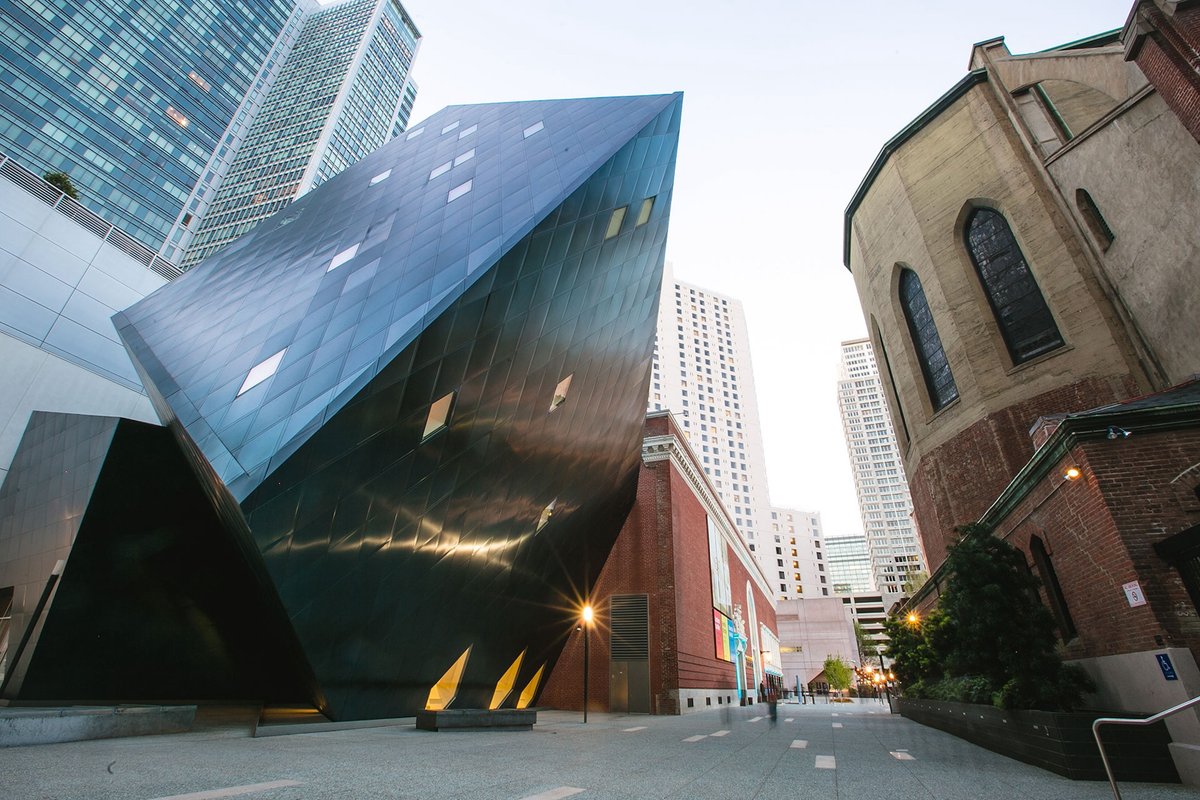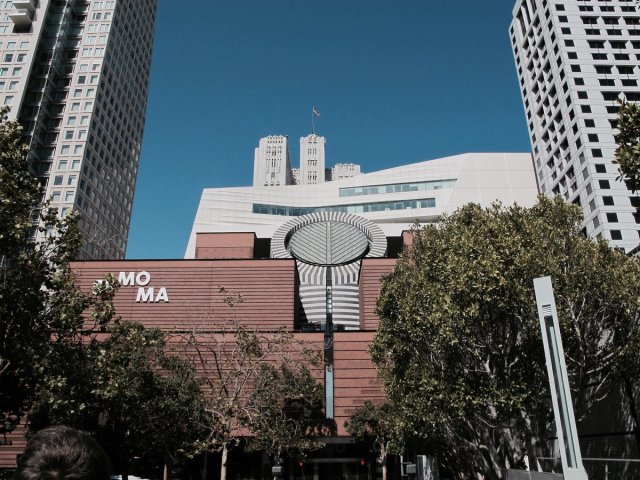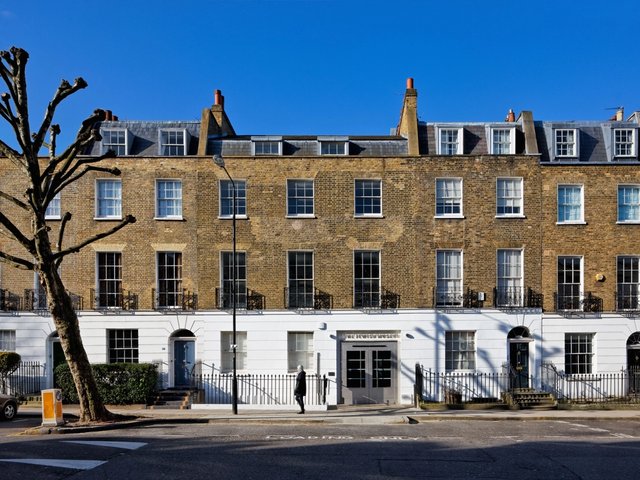San Francisco’s Contemporary Jewish Museum (CJM) announced earlier this week that it will close to the public on 15 December for a period of at least one year. The CJM’s leaders attributed the decision to persistent financial headwinds brought on by the Covid-19 pandemic, alongside “a challenging financial landscape”.
The closure is not permanent but, a statement adds, will last for an indefinite period of time. It is hoped that this move will avert a more severe outcome in the future.
“It is far better for us to take necessary steps towards restructuring now, rather than waiting until we no longer have options,” Kerry King, the museum’s executive director, said in a statement. “This decision does not come without significant pain because it will affect our team of extraordinary and deeply dedicated individuals who work tirelessly to fulfil the museum's mission.”
The museum’s leaders also pointed to the current social and political climates, highlighting the rising instances of antisemitic speech and violence in the wake of the 7 October 2023 attack on Israel by Hamas and the ensuing Israeli military invasion of Gaza, as evidence of the CJM’s important role.
“The museum’s mandate is as vital now as ever, and our current goal is to design a sustainable model that not only preserves but amplifies its impact,” Tom Kasten, the chair of the CJM’s board of trustees, said. “I’m confident that in years to come, this will be seen as a pivotal chapter in the museum’s journey.”
Admission to the CJM will be free up until its closure on 15 December, providing an opportunity for visitors to catch its current lineup of shows—including solo exhibitions by Nicki Green and Leah Rosenberg—before they close much earlier than originally scheduled.
One of those shows, the California Jewish Open, was the museum’s first significant open call exhibition for Jewish-identifying, California-based artists. Last spring, ahead of its opening, seven artist who had been accepted into the exhibition withdrew their work over the museum’s “inability to meet artists’ demands, including transparency around funding and a commitment to BDS” (Boycott, Divestment, Sanctions), according to a statement published by the artists.
The museum, housed in a building designed by the architect Daniel Liebeskind’s firm Studio Libeskind in downtown San Francisco, is one of the city’s most prominent art institutions, located just steps away from SFMoMA, the Yerba Buena Center for the Arts and the Museum of the African Diaspora. The CJM moved into that building in 2008, 24 years after its founding.
Downtown San Francisco has been one of the most visible central business districts in the US suffering from the lingering effects of pandemic-era remote work, with the city’s office vacancy rate reaching a record high of 37.3% in September. Coupled with the city’s housing, addiction, mental health and homelessness crises, San Francisco’s downtown has become an emblem for cities’ struggles to recover from the pandemic. To that end, the Svane Family Foundation announced the launch of a $5m grant programme last month to support the arts in Downtown San Francisco.





